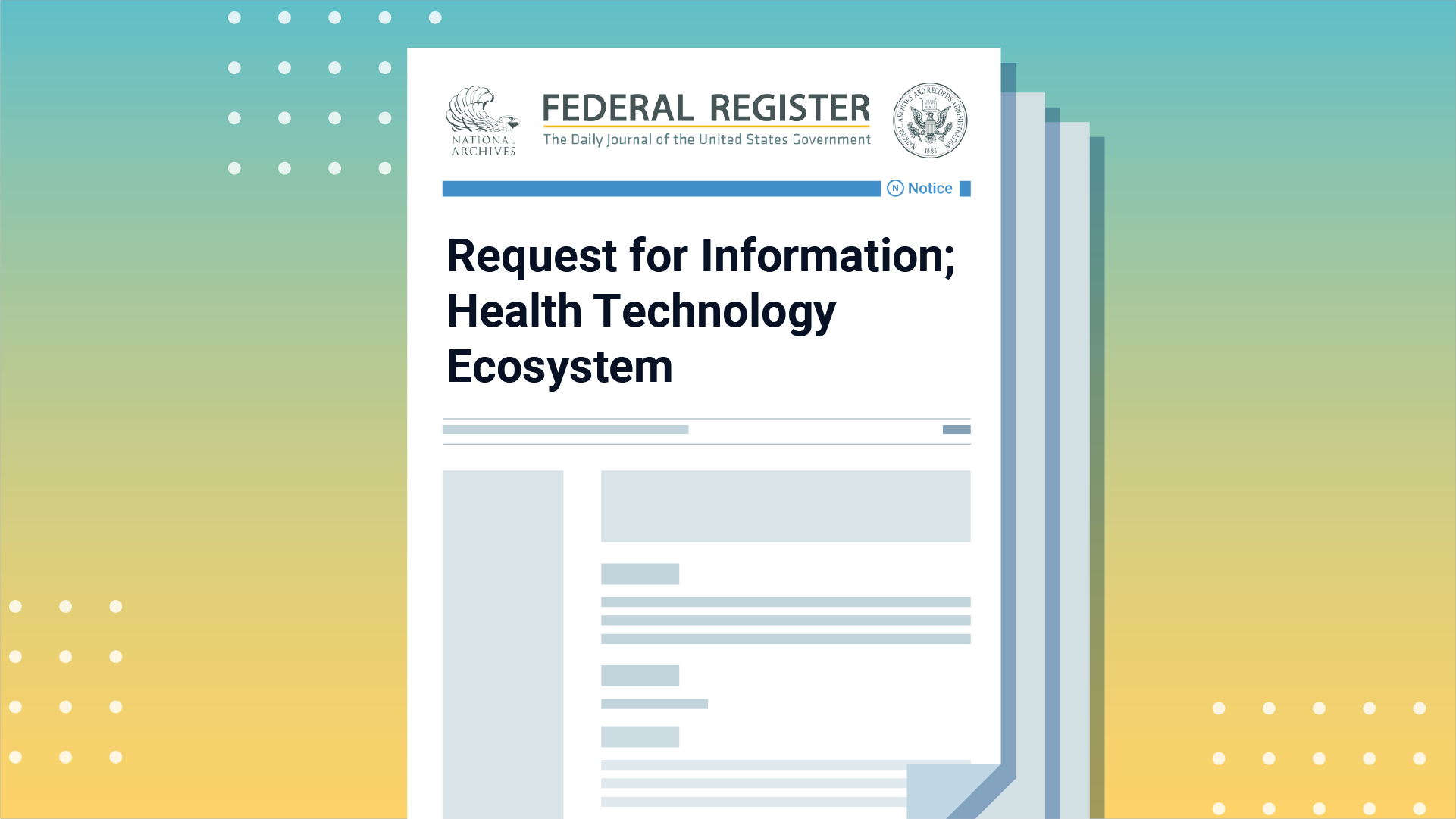
Over the last month, the Center for Medicare and Medicaid Services has collected hundreds of public comments on a Request for Information; Health Technology Ecosystem published in the Federal Register. As of the June 16th close of the public comment period, a significant number had already been reviewed and published. We remain inspired by the thoughtful remarks from providers, from other health tech companies, and especially from patients.
Public comments have covered broad territory when it comes to how CMS might support the evolution of our collective health tech ecosystem. In our comment, we chose to focus specifically on the importance of considering financial policy and payment models.
The team behind Phamily has spent more than a decade working with providers and patients at 150+ healthcare organizations to solve many of the challenges articulated in the RFI. Our work has been shaped by these core ideas (recently articulated in an article by our founder and CEO Nabeel Kaukab) which frame our more specific RFI responses that follow.
It’s an unwinnable situation. Or rather, it’s an unwinnable situation unless we can safely and effectively use technology in all forms (from FHIR to AI) to massively scale the care our workforce is able to deliver.
The RFI raises some excellent and important questions about how the health tech ecosystem must evolve. Our experience tells us that these questions should not be tackled without careful consideration of the financial impact to providers, payors, vendors — and importantly, to patients.
For context, we enable large-scale Chronic Care Management (CCM) and Advanced Primary Care Management (APCM) programs across Medicare populations that are often challenging to engage (rural, limited access to technology, underserved in various ways) – and we see 60-90% monthly engagement rates with an average of 3.4 conversations/month and patient satisfaction scores of 9/10 or higher.
This means we facilitate significant opportunities every month for proactive patient interaction, enabling early identification of and intervention on issues that could ultimately result in avoidable ED or inpatient utilization.
Not all patients have the devices or internet access required to access apps or portals. The temptation is to think about solving healthcare challenges by putting software in front of patients – but this can add complexity, increase friction, and reduce engagement. At Phamily, we deploy our sophisticated AI-driven platform to care managers, but we focus on making the patient experience as easy and frictionless as possible.
We see reduced participation in Chronic Care Management by patients who lack secondary insurance due to care management program cost sharing. The return on investment in these underpenetrated programs is compelling enough that CMS should consider eliminating cost sharing to improve access.
Right now, cost-sharing means many chronically ill patients must make hard choices about participating in Medicare programs like CCM – or paying for other necessities. Cost-sharing reduces program utilization and ultimately prevents patients who could benefit from accessing those services. Medicare should consider waiving cost-sharing for preventative care outside the clinic when there is evidence that the preventative care program reduces total cost of care. (This is the case for CCM.)
But even without cost-sharing, we need to ensure that patients see value in the services they receive. Patients are not accustomed to interacting with providers outside the setting of an in-clinic or virtual appointment. They are still learning how to interact with continuous care management as a service – and this will likely be true of other programs that deliver care outside the clinic.
We focus on lowest-friction communication modalities (text, voice) because these elicit the greatest amount of patient engagement and minimize barriers to entry. We strongly recommend Medicare consider patients who may not be able to use app-driven or portal-based services.
We look at measures that are generally already part of MIPS and other value-based care and quality measurement programs, like avoidable utilization, readmission, ambulatory-sensitive ED visits, etc.
Continuous care and support can help improve care navigation when patients have continuous, 24/7 access to trusted care management services. A once-a-month phone call is not sufficient; the gold standard should be continuous care.
Ensure reimbursement models make sense for providers, patients, and vendors. These are three separate value propositions. Program design needs to ensure value creation in each of these dimensions.
Require EHRs to support standards-based publicly-available APIs and charge reasonable, bearable fees for integration. And this requirement needs to extend to system integrators who host community EHR instances for ambulatory practices.
Successful digital health adoption requires:
Without all of those elements in place, any digital health service will struggle to get to scale.
Care management is typically a supply-limited service that is only available to the riskiest 1-5% percent of patients. But so much of the ability to succeed in at-risk models requires the ability to educate, support, intervene, and co-create health with patients 365 days a year – not just the few days when they have in-clinic visits.
With Phamily, we have built a unique model of care management delivery that makes proactive care management accessible to all chronically-ill patients, not just the riskiest. We encourage Medicare – and broadly, population health leaders – to reconsider how care management can be delivered when the right technology increases labor efficiency 10x.
For additional information visit phamily.com or contact: